64 in 64: Episode 39
By Mento 0 Comments
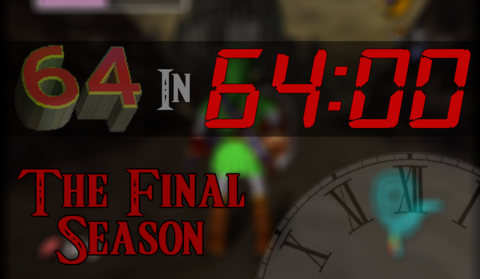
Welcome and/or apologies for this month's edition of 64 in 64, depending on your tolerance for second-hand suffering. This would be my regular glance into the library of the divisive Nintendo 64 console on the hunt for games worth preserving through the Switch Online service; the system certainly saw some strong first-party offerings, but what of its third-party support from those companies willing to put up with Nintendo's obstinate refusal to move on from cartridges? Well, there's one western company in particular that stuck by them to the extent that they published almost as many N64 games as Nintendo itself: Midway Games, the arcade giants of the mid-'90s. (Were I a less kind sort already exhausted by this developer, perish the thought, I might even say they got that name by following the Way of the Mid.) We'll be seeing two Midway games this month, such is their ubiquity on the platform.
Actually, truth be told, this month's duo were entirely unobjectionable. The random pick turned out to be a game perfect for this kind of structure, and I was prepared to have to deal with the pre-select being a game that has aged very poorly but fortunately hadn't too much. Sometimes I prepare myself for a bad time out of pessimism, paranoia, or plain old pattern recognition but then you'll get instances like this month where I kinda lucked out a little bit. Just a little.
Speaking of p-words, here are the prules. (No, these segues aren't getting worse, what are you talking about?)
- Two games are selected for every episode. I picked one, one was picked for me. Sometimes the random pick ends up being the better game, but the odds are startingly low.
- Each game is played for 64 minutes exactly, give or take human error (I sometimes forget to turn the timer on). I just recently discovered that Windows 11 has a built-in clock app with a timer in it; I've been using a website in a browser like an idiot this whole time.
- I've tried to be a little more educational by providing some historical background as well as figuring out the various legal reasons why these games can't come to Switch Online in a hurry. I'd say the journal entries as I play through the game in sixteen minute chunks could be considered educational too, were constantly bemoaning one's lot something you could get an academic degree in. Like a "Bitch, Bitch, Bitchelor of Arts".
- We're not to approach those games that have already passed the vetting process and been added to the Switch Online's N64 library. They are under the auspices of a host of powerful entities I'd as soon rather not deal with, otherwise known as Nintendo's legal team. Anything else is fair game though, even if they trend closer to "bad games" than "fair games". Pretty sure that's how the law works.
If you feel I didn't torture myself sufficiently this time, maybe your latent sadistic tendencies can be better satiated through these previous episodes. Last month's was a real doozy if you missed it:
| Episode 1 | Episode 2 | Episode 3 | Episode 4 | Episode 5 |
| Episode 6 | Episode 7 | Episode 8 | Episode 9 | Episode 10 |
| Episode 11 | Episode 12 | Episode 13 | Episode 14 | Episode 15 |
| Episode 16 | Episode 17 | Episode 18 | Episode 19 | Episode 20 |
| Episode 21 | Episode 22 | Episode 23 | Episode 24 | Episode 25 |
| Episode 26 | Episode 27 | Episode 28 | Episode 29 | Episode 30 |
| Episode 31 | Episode 32 | Episode 33 | Episode 34 | Episode 35 |
| Episode 36 | Episode 37 | Episode 38 | Episode 39 | Episode 40 |
| Episode 41 | Episode 42 | Episode 43 | Episode 44 | Episode 45 |
| -=- | Episode 46 | Episode 47 | Episode 48 | -=- |
Gauntlet Legends (Pre-Select)
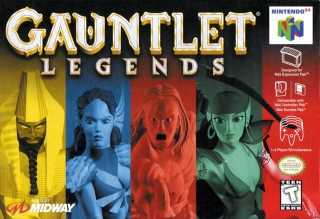
- Atari Games / Midway
- 1999-08-31 (NA), 1999-12-01 (EU), 2000-04-07 (JP)
- =236th N64 Game Released
History: Gauntlet Legends debuted in arcades as an official entry in Atari Games's Gauntlet franchise—an action-adventure series in which you must zealously protect your characters from harm and hunger as they traverse ever deeper into a precarious dungeon full of traps and monster hordes. Legends brings two notable changes to the blueprint: it's fully 3D, and it's fully an RPG with characters that can level up and grow stronger as they kill enemies and collect treasure. It still has that arcade mindset where there's little plot and a whole lot of fighting but it's easier to get invested in your character once you've levelled them up a few times, rather than just thinking of them as expendable "red warriors" and "blue wizards". The N64 was the first console to see a home version of the game (as well as its debut in Japan) though ports quickly followed for the PlayStation and Dreamcast.
This would be our eleventh featured Midway game, following Doom 64 from last month. I only have myself to blame if I'm the one selecting them but given there's almost 40 Midway games for the system it's only natural I'd like at least a few of them. Atari Games is listed as the developer in most online sources but at this time they were more or less interchangeable with Midway, having already been acquired by Midway's parent company WMS Industries which eventually consolidated their multiple video game divisions under the Midway brand.
So, I've been sweeping up the few remaining translated RPGs that we western N64 owners were fortunate to receive in order to complete a themed mini-project of sorts for the ranking table—a completionist cause I'll be returning to several times for my pre-selected game choices for this final season—and I'd almost forgotten that this Gauntlet reboot was a bona fide action-RPG, albeit a fairly mashy one best suited for breezy multiplayer sessions between games of GoldenEye and Smash. I'll lose something in playing it solo, no doubt, but it's a game I've spent some considerable amount of time with on the original hardware so I didn't want to finish this season of 64 in 64 without one last dungeon crawl smashing up monster spawners for old time's sake. My guess is that it will not have held up, if indeed it was any good in the first place. Let's find out, shall we?
16 Minutes In
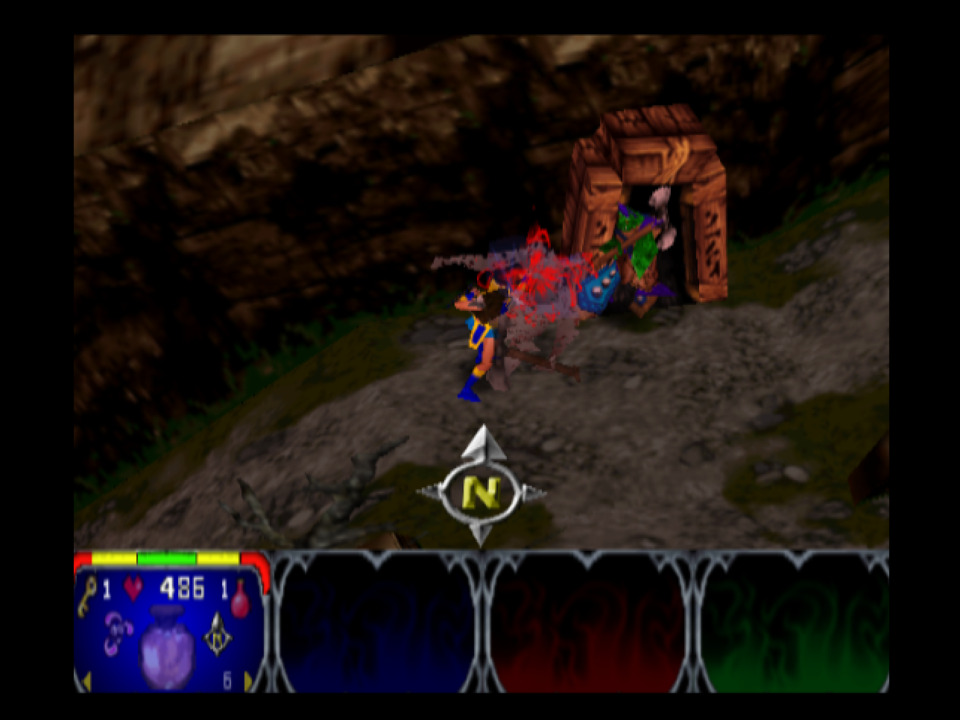
I kinda suspected that my memories of this game would be a little rosier than the real thing, but then that's hardly the game's fault. It definitely embodies what an action-RPG made in the late 1990s would resemble if it also had to adhere to the mechanics and quirks of Gauntlet, a game developed in 1985. Choosing a character class and a color—I notice that there are four secret classes too, maybe a NG+ reward?—you also get to personalize them with a name and then you're sent off to a quest to recover runestones that'll eventually allow you to fight the evil god Skorne. (It's Skorne! A big demon with knobs!) Thing is, there's not a whole lot to it: you fight through monsters until you can remove their spawners, you collect keys and power-ups, and you just kinda make your way to the end of these of these little zones. Once back at the hub between levels, you can purchase other power-ups to take with you.
It feels like it's trapped in a limbo between something with more juice like a Diablo (Skorne's got the juice too, and I can't imagine a more beautiful thing) and its barebones historical antecedent. It's not been bad so far, but it's shaping up to be one of those 64 in 64 entries where an hour's about all I need before I feel like I've seen everything I need to. I'm two zones into the mountain/volcano area—the volcano's called Yserbius, presumably named after the not-at-all-esoteric online multiplayer CRPG Shadow of Yserbius (unless there's some common source from Tolkien or something)—so I'm going to see if I can conquer this part of the game before my time is up.
32 Minutes In
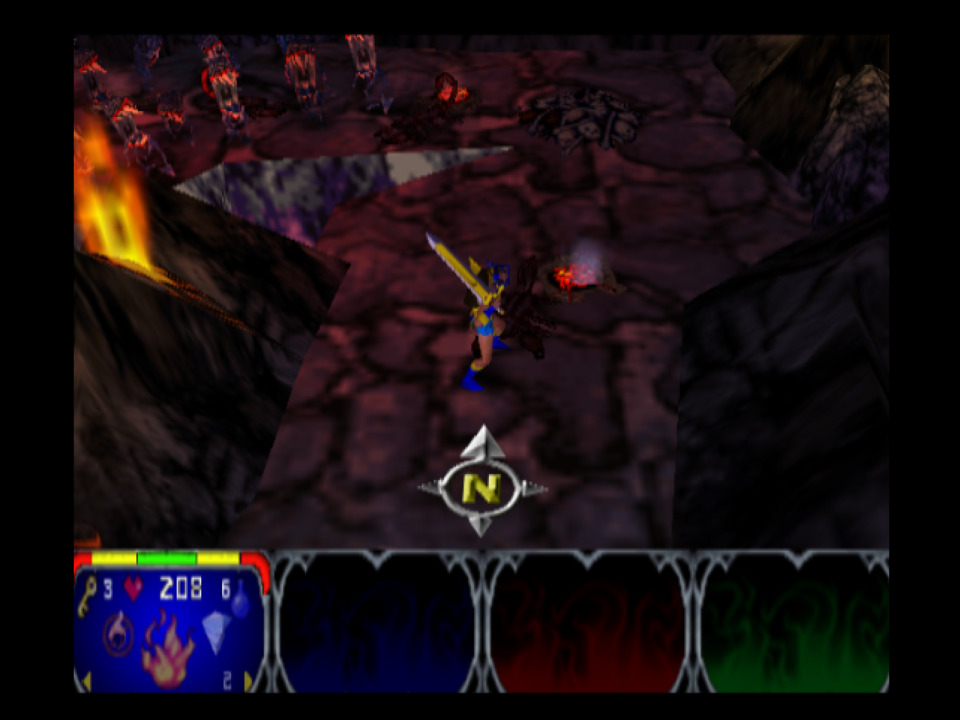
I have to say, this game's affectionate dumbness is starting to work its charms on me. As I've said, there's nothing particularly sophisticated about the combat system—you can swing to attack enemies from a distance, which is generally preferred if you're trying to keep your health up, but the character will attack anything automatically in melee range so they don't even let you have that much—and exploration boils down to having enough keys to open doors or finding switches off the beaten path. Most of the enemies I've found so far are goblins but the last couple of zones have started introducing scorpions (which the protagonist just stomps on instead) and these tougher lava golem things. When I say the game's affectionate dumbness, it's in the way the narrator gravely intones the name of every power-up you find ("you received... the triple shot!") or whenever you level up or have low health—the voice sample commentary being a Gauntlet staple—but also when you collect apples or meat or something for health your own character happily exclaims "I like food!" and I'm left wondering if this isn't a game meant for kindergartners. Definite "baby's first RPG" feeling as I keep going. Might explain why kid-me was so into it.
Only noteworthy thing was finding a secret (though not that secret; it was just lying out in the open) portal to an old-school top-down Gauntlet level full of purple minotaur coins. I have no idea what these things do—I couldn't use them, and I was only allowed to pick up 50—but I was warped back to the hub afterwards having completed the level I found the portal on, so I guess it was just a bizarre shortcut. The two big progress-important collectibles appear to be obelisks (there's three per area, and you need to activate all of them to access the next part of the game once the boss has been defeated) and runestones (there's thirteen in the whole game and I think you need them all to fight the final boss). The wizard you buy stat boosts and power-ups from in the hub area will also tell you where the next obelisk/runestone can be found for free, so they're really foolproofing this.
48 Minutes In
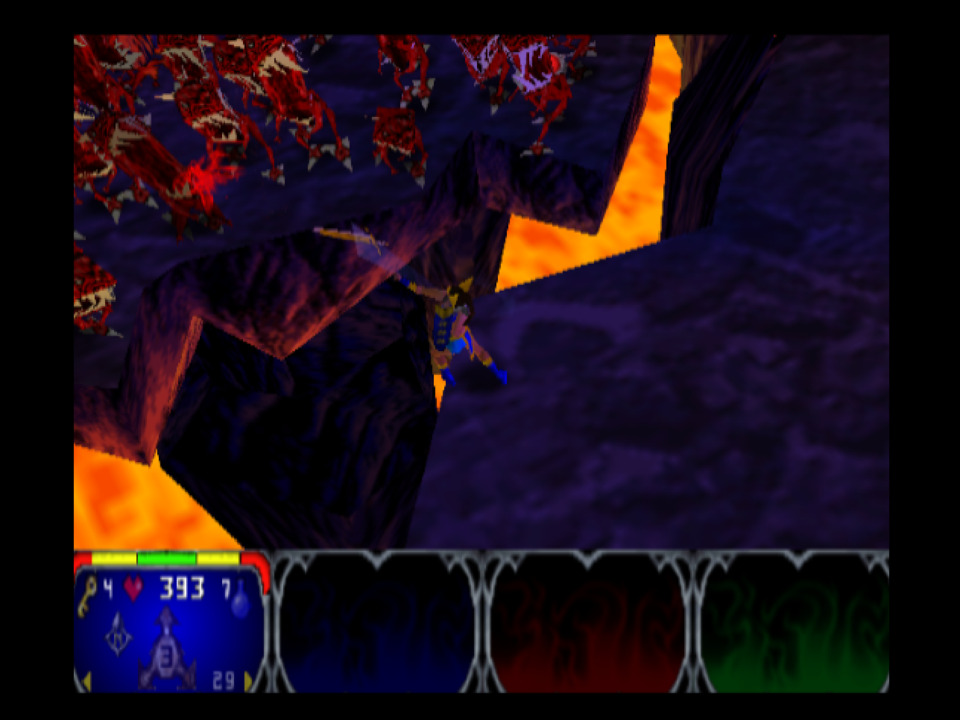
We're getting to the point in the difficulty curve where you can't just wade into a group of enemies with your sword swinging as you'll get swarmed and pecked apart way too fast. The zone I just completed had a maze-like structure of bridges connecting islands that demonstrated how effective it is to destroy monster spawners from a distance and, ideally, from somewhere enemies can't reach you. Precious few enemy types can attack from range and they're also the only ones that don't pop out of spawners en masse, so distance is your best ally throughout the game (and it applies to all character classes too: even melee/tank characters like the warrior and valkyrie have ranged attacks). I've also discovered that any power-ups that seem kinda whatever can be sold for quite a high price back at the hub, giving you the cash you need to recover health or improve stats or get yourself a few extra keys and potions. The potions, by the way, don't heal you: instead, they're smart bombs and they're the only way to destroy the life-draining grim reaper enemies that occasionally hide in chests. Seems prudent to keep a stock of both keys and potions with you at all times.
I'm enjoying my time here, I suppose. The zones are starting to take on some more elaborate level design between the hidden switches, circuitous routes, and tougher enemies that require more tactics by way of kiting groups until you can whittle down their number or the aforementioned "neener neener neener, can't reach me" abject cowardice strategy, which has always been a firm favorite of mine in any game. I've only got the boss left for this first main area—it's a dragon, which seems a bit harsh this early into the game—but I suspect I might've missed an obelisk somewhere that'll require me to backtrack a little.
64 Minutes In
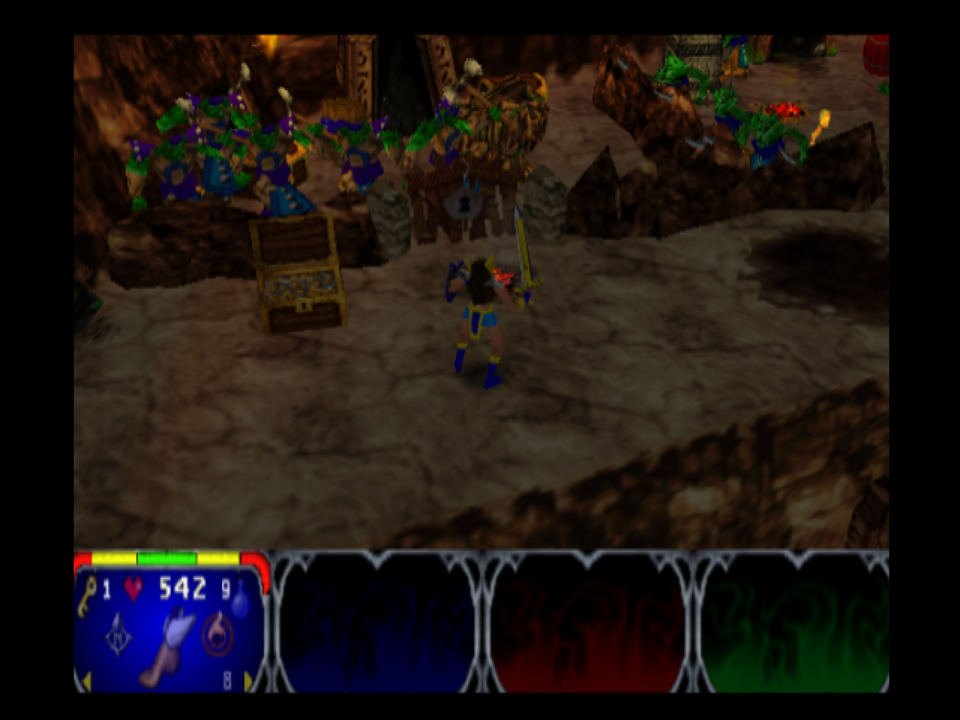
The dragon proved to be... troublesome. Maybe I'm running up against the limitations of the single-player approach, but that thing was murderously powerful and I couldn't hold onto my health or do anything like serious damage against it so I've opted for a path I call "screw this, I'm out" and have returned to the Cliffs zone for that obelisk I'm missing. Turns out the zone has a second route from the start that I somehow missed and I had just embarked on this other, higher road when the timer rang for the last time. I also read a hint scroll somewhere about an ice axe and a scimitar that might prove to be effective weapons against the dragon: I only found the latter of those, and it sits in a separate page of my inventory for key items being all inactive and such. As always, calling something a game for babies boomerangs on me without fail when I inevitably then hit either an insurmountable obstacle or a puzzle I can't solve, or both in this case.
Anyway, I saw a decent vertical slice of this game and, well, it's a modern remake of Gauntlet. The RPG levelling doesn't add much from what I can tell, and as always your main issue is keeping your health up (though it did at least drop the "health draining every second because it's also your hunger meter" aspect from the original games) and not allowing yourself to be swarmed, either by using power-ups to out-DPS the regenerating hordes until you can reach their spawners or finding yourself a nice bottleneck or vantage point to whittle those numbers down in relative safely. I liked also that I could enable or disable the timed power-ups I kept finding, because it's not like I needed a triple-directional shot or a strength boost with no enemies nearby (though some, like the invulnerability, can't be left for later; darn, I thought I might've had something to help with that dragon). Either way, we're all done here.
How Well Has It Aged?: As Well As the Food I Just Shot. I think if you approach this game as a reimagining of an arcade classic with a few extra bells and whistles, rather than a contemporary RPG of that era, it's probably not the worst game out there. They did of course reboot Gauntlet again in 2014 with even more modernizations and QoL features, and you have Indie throwbacks like Hammerwatch that use that top-down style and crowd control-focused combat but added more considerations for a single-player RPG experience, so maybe Gauntlet Legends isn't really the best way to experience this series any more (if it ever was). Entirely acceptable though, especially given how few action-RPG options you had for the system.
Chance of Switch Online Inclusion: Warning, "Public's Interest in Gauntlet" is About to Die. Depends on what Warner Bros. wants to do with this franchise. The 2014 reboot didn't do a whole lot for it and I'm not sure there's enough demand for this particular iteration of Hungry, Hungry Hack-and-Slashers. If they ever did decide to start leveraging their old N64 Midway library for Switch Online they would definitely be spoiled for choice, and I doubt this will be at the top of the list.
Retro Achievements Earned: 3 of 44. Curious mix here, including the unlockable characters (I think they are what the purple coins were for), some boss speedruns, and various level- and item-related accomplishments.
Midway's Greatest Arcade Hits Vol. 1 (Random)
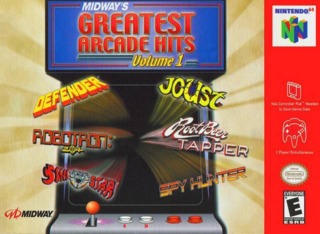
- Digital Eclipse / Midway
- 2000-11-14 (NA)
- 358th N64 Game Released
History: Midway's Greatest Arcade Hits Vol. 1, a compilation of arcade games that were first released in the 1980s, is a little bit of a misnomer as they were all historically developed by Williams Electronics. As discussed above, Williams purchased Midway and switched the name of their video game division to that branding, leaving the Bally and Williams brands for their pinball tables. This compilation includes most of the same games released in the earlier Williams Arcade Classics: Defender, Joust, Robotron: 2084, and Sinistar. Exclusive to this N64 port were two more: Spy Hunter and Root Beer Tapper.
And so here's our twelfth Midway game, so soon after the eleventh. I'm going to have to take a break from these jokers next month, provided the randomizer lets me. This is also our first encounter with Digital Eclipse. Back then, DE was a port developer that largely focused on converting arcade games to handheld systems like the Game Boy Color and Game Boy Advance. They became Backbone Entertainment for most of the 2000s (where they continued making arcade ports, this time for XBLA) and then relaunched as Digital Eclipse in 2015 with a string of well-regarded retro compilations like the first Mega Man Legacy Collection and The Disney Afternoon Collection, often praised for their vast amount of bonus materials like concept art and interviews. Fans of this site are also aware that one Drew Scanlon currently works for them, presumably pitching in on games that run into H-button compatibility issues. This is the only DE game on the N64: there was a Midway's Greatest Arcade Hits Vol. 2 but it remained a Dreamcast exclusive.
I hadn't really intended to go full classic Williams arcade game-themed this month but I guess the randomizer app had other ideas. Still, though, I'm grateful it's something like this rather than some inscrutable NFL thing or the near endless number of other N64 sports games we've still yet to see from Midway. Having a selection of arcade games to choose from here means those 64 minutes will just fly by... or, at least, that's the hope. Six games for about ten minutes each seems very doable so let's see if I can earn some high scores before we're through today.
16 Minutes In
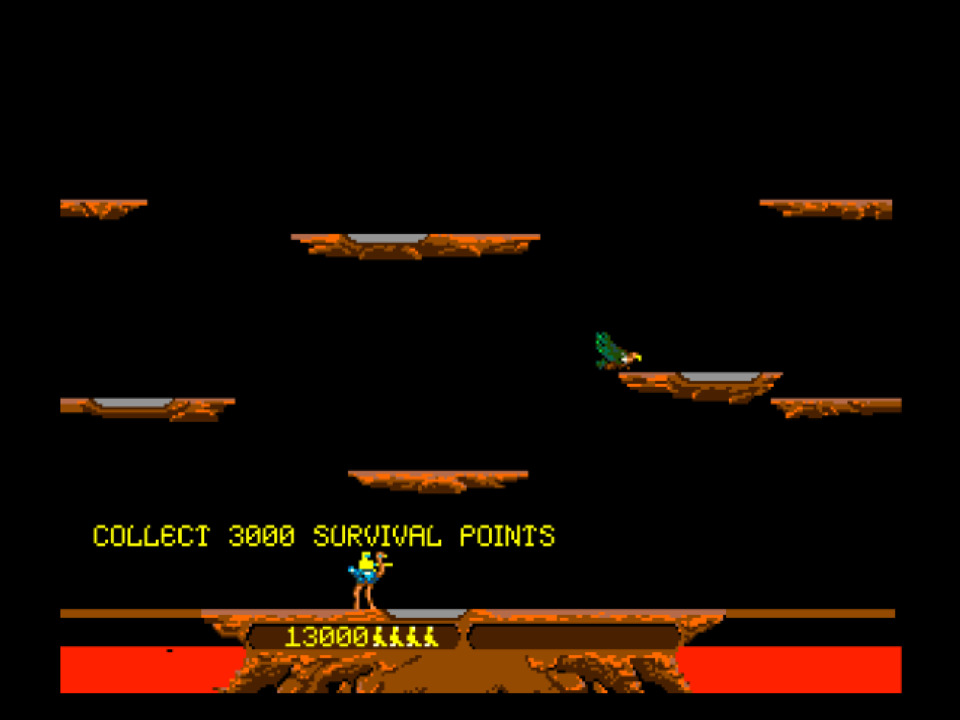
Just so I don't spend this whole session trapped in a "Buridan's ass" loop of indecisiveness over what to play, I'm going to go by how they've ordered these in-game. The first game the cursor sits on when starting it up is Root Beer Tapper, so I guess I'll start by slinging some suds. The emulation is a little rough—I'm dealing with two layers of it here, between the N64 emulator and the game's own emulation of the arcade games, so I can't quite point to a weak link but it seems incredibly sluggish given arcade hardware is always custom-built to avoid such technical issues. Or, well, I guess that would be the case in a perfect world. Root Beer Tapper might just be a sluggish game in general: you pour out pints of non-alcoholic beverages and send them across multiple bars to thirsty patrons, occasionally having to then intercept the empty glasses they slide back. One of the earliest examples of a "plate-spinning game", like Missile Command, where the true test is in your ability to multitask effectively while being conscious of the whole playing field. I got tired of it before I lost—I did lose the mini-game though, didn't expect all the shaken up cans to start shell-gaming themselves—and moved onto the next game.
That next game was Joust, which I would've probably said was my favorite of the games included here and definitely the one I've spent the most time with (via another home conversion, this time for the Atari ST). Designed by a newcomer to Williams's development team, who I'll call John Newcomer, the goal of this flying combat game is to collide with flying enemies—they're riding buzzards, you're inexplicably on an ostrich—but do so at just a slightly higher altitude to knock the enemy off and turn them into an egg. The egg, if left for too long, will hatch into a tougher opponent so it's important to follow through with every successful joust by collecting it; despite what Senator Armstrong might tell you, it is important to fret over every egg here. As the waves continue, you'll see more changes to the field: the lava will burn away most of the bottom layer platforms (which can help, since enemies and eggs will fall into it occasionally) and eventually the other platforms will disappear one by one to make the field more open and perilous. Gets tough quick, and this version also has some of Root Beer Tapper's slowdown which can really mess up the timing on your flapping (you have to hammer it to gain altitude quickly). I'll play it a bit longer for the next segment and then switch to a new game.
32 Minutes In

That next Joust run didn't last long: I lost all but one of my lives to the same guy (it was the ping!) and when I finally beat him, the pterodactyl had already arrived. Completing the stage causes the dactyl to withdraw quickly, but it can still kill you if it collides with you as it escapes which it did for me. Snatching failure from the jaws of success, as it were. Our next game was Spy Hunter and I swear it felt like the emulator was dying: not only was it so slow that the famous Peter Gunn theme was unrecognizable but I swear it spent the whole time in a single figure framerate. I can't pinpoint this being the game's fault, necessarily, but it is telling that the two slightly more advanced arcade games they added to this port specifically were the two to give me the most trouble. I'll have to check some reviews from when this compilation came out to see if there's any corroborating experiences. Anyway, in theory Spy Hunter is a fast-paced driving game in which you're also required to eliminate enemy drivers who are trying to ram you off the road or otherwise destroy your flashy vehicle: you have weapons to deter them, each configured to attack from a different direction. I spent almost the whole run in low gear because the lag meant it was nearly impossible to react in time to stuff flying at you in high gear, though of course this meant I ran out of time before hitting the checkpoint. I've never been all that great at racing games to begin with, so I don't imagine I'll have done much better even if it had been emulated perfectly.
After that is Sinistar. I've always liked the idea of Sinistar and I do appreciate a variant of Asteroids where the asteroids don't actually hurt you—the only things that can are enemy starfighter bullets and the titular cosmic terror itself—but it's chaotic as hell and always kinda frustrating when you're chasing a pixel around and can't quite seem to touch it. For those unfamiliar, you're in a race to collect ore from asteroids to create heat-seeking "sinibombs" while the red worker enemies around you are trying to do the same to build an in-progress Sinistar, a sapient dreadnaught. Once Sinistar is complete, he'll warn you with a "Beware! I live!" voice sample and start chasing you while screaming. Very perturbing stuff at the time. With enough sinibombs though, you can just blanket the playing field with them and let them do the work annihilating the scary space monster. The biggest problem is usually those starfighters, since they show up quickly and only take a moment to home their guns on you. Since I've been powering through these games and only have a couple left, I might spend a little more time giving Sinistar the run around before moving on.
48 Minutes In
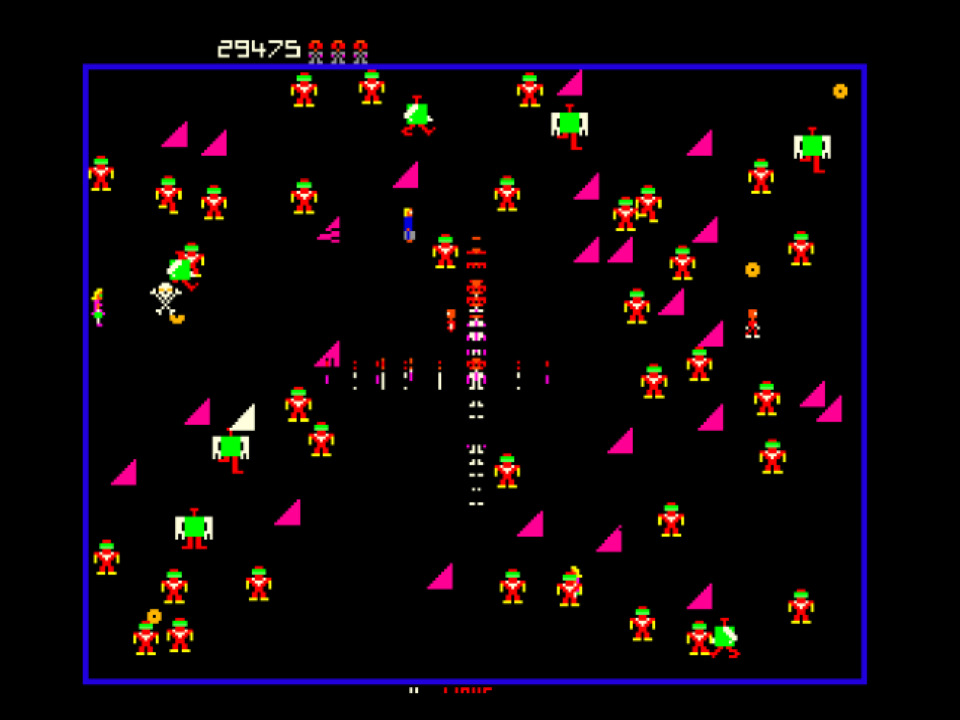
I tire of Sinistar. So for this block I played a little of the two remaining games: Defender and Robotron: 2084. I've never particularly liked Defender since the speed of the game makes it far too easy to run into enemies and we go back to that whole plate-spinning thing where you're constantly rushing around saving humans from being abducted. In Defender, if an alien successfully snatches a human and takes them to the top of the screen they'll transform into a powerful "mutant" that will chase you down mercilessly, as if some trace of the human soul still within is pissed at you for letting them die. It does have some admittedly cool visuals, like the main laser weapon and the way it trails off into particles after being fired, but I've always sucked at it. What's more is that the game had its main fire and the hyperdrive (good for escaping a dangerous situation, much like its function in Asteroids) bound to the C buttons rather than A/B like most of the others. Fortunately, we're far enough along with console UI/UX design at this point in time that I could go into a menu and change the control settings.
Last, we have Robotron. Similar deal in that you're protecting humans from hostile forces (this time it's other robots) but instead it's a top-down affair with a dual-stick shooter control scheme. This lends itself well enough to the controller I was using, though I should check to see if they let you switch between D-pad/Analog Stick, Analog Stick/C buttons, or D-pad/C buttons. Given you can move and fire in eight directions, the Stick would be handy for either. I think this one is my actual favorite of the bunch (sorry Joust) just because there's no slowdown and having two sticks makes it closer to the original arcade experience, but man do I need some practice at it. You can tell Geometry Wars got many of the same ideas from this: it's not just a case of being surrounded at all times by enemies, but recognizing each type and what they can do so you can prioritize destroying the most annoying ones first.
64 Minutes In
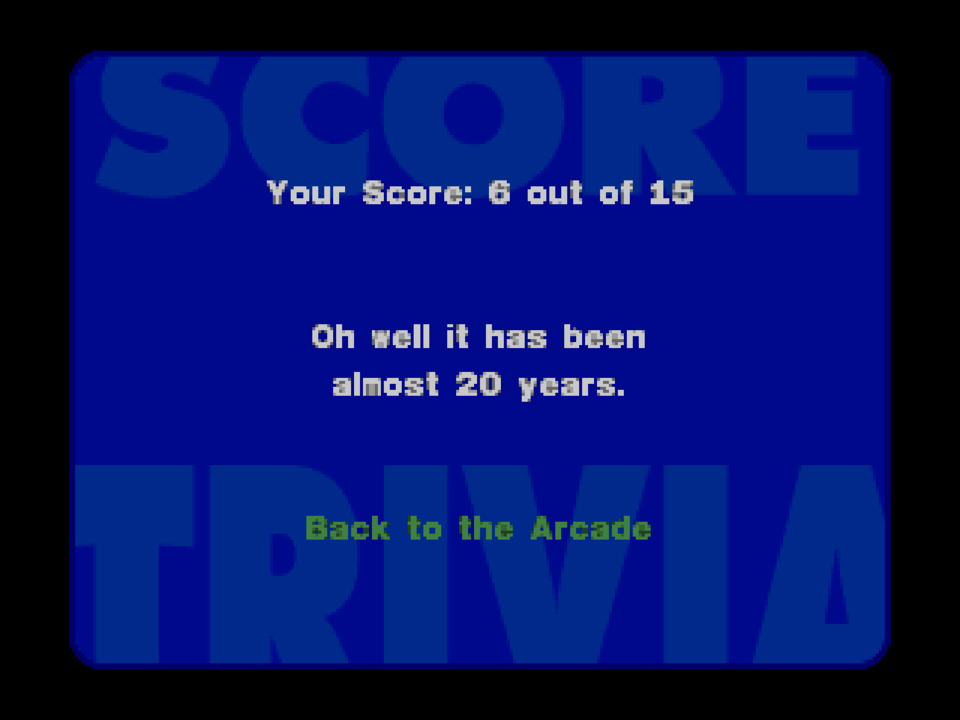
There's one last game of sorts but, well, it's not really much to look at. It's a quiz game that drops the most esoteric trivia imaginable about the games included in the package, like what brand of coffee the developers were drinking while developing the game (Folgers) or how many cumulative seconds the game has been played between its release and the start of 1999 (3.25 trillion). Best I managed was 9 out of 15 and those were softballs like "what company is advertised on Robotron's title screen" as if Williams was going to drop some hot shout-outs to Namco on there or something. Whatever, I don't feel too bad for not knowing who Root Beer Tapper was sponsored by: it'd been better to put that information elsewhere, like an elucidating slideshow that told you all about the history behind each machine and maybe some less obvious high-scoring tips.
The menus do provide some decent options though. In addition to changing the button bindings you can also mess with arcade toggles like the number of lives you start with and how much you need to score to gain a bonus life, which overcomes the issue of these all being 1CC attempts by design. I embarked on a 50-lives run of Joust (they won't last long, I'm sure) to see how far I could get before the final timer was done. Absolutely massacred, but I held on in there until the 9th Wave. The 8th was hardest: the pterodactyl is summoned immediately and remains a lethal presence throughout. I lucked out and managed to bop it on its snoot, which instantly kills it for a big reward, but that's not something you can rely on unless you're super accurate. I feel like I've accomplished everything I set out to do here, which was to play Defender exactly once before bailing, do a fair job getting some distance into Sinistar, Joust, and Robotron (the good ones), and commiserate over the dire states of Spy Hunter and Root Beer Tapper, neither of which I had much of a fondness for anyway. Mission success.
How Well Has It Aged?: Arcadeic. Archaide. Arc- Let Me Workshop This Some More. I mean, what are we discussing here? The 40-year-old games or the 25-year-old emulation tech used to preserve them? Midway's Greatest Arcade Hits Vol. 1 is not a good option if you want to play these classics in as close to an arcade perfect state as possible. We've seen many more revisions since and those tend to have better controller support to boot. Also, the work Digital Eclipse does now is so much better than it was back then so I'll just wait for them to revive this bunch in some future compilation.
Chance of Switch Online Inclusion: Thy Relevancy is Over. As I said, many better options available, so I can't see Warner Bros. signing off on bringing this specific compilation back. I have to imagine (without looking it up, because I'm lazy) that most of the games here can be played on Switch through some other fashion, reducing its value further.
Retro Achievements Earned: N/A. Too bad, I might've had more incentive to stick with some of those games longer if there were achievements to earn.
Current Ranking
- Super Mario 64 (Ep. 1)
- Diddy Kong Racing (Ep. 6)
- Perfect Dark (Ep. 19)
- Mystical Ninja Starring Goemon (Ep. 3)
- Donkey Kong 64 (Ep. 13)
- Doom 64 (Ep. 38)
- Space Station Silicon Valley (Ep. 17)
- Goemon's Great Adventure (Ep. 9)
- Bomberman Hero (Ep. 26)
- Pokémon Snap (Ep. 11)
- Tetrisphere (Ep. 34)
- Rayman 2: The Great Escape (Ep. 19)
- Banjo-Tooie (Ep. 10)
- Rocket: Robot on Wheels (Ep. 27)
- Mischief Makers (Ep. 5)
- Super Smash Bros. (Ep. 25)
- Mega Man 64 (Ep. 18)
- Forsaken 64 (Ep. 31)
- Wetrix (Ep. 21)
- Harvest Moon 64 (Ep. 15)
- Hybrid Heaven (Ep. 12)
- Blast Corps (Ep. 4)
- Kirby 64: The Crystal Shards (Ep. 2)
- Ogre Battle 64: Person of Lordly Caliber (Ep. 4)
- Tonic Trouble (Ep. 24)
- Densha de Go! 64 (Ep. 29)
- Fushigi no Dungeon: Fuurai no Shiren 2 (Ep. 32)
- Snowboard Kids (Ep. 16)
- Spider-Man (Ep. 8)
- Bomberman 64 (Ep. 8)
- Jet Force Gemini (Ep. 16)
- Mickey's Speedway USA (Ep. 37)
- Shadowgate 64: Trials of the Four Towers (Ep. 7)
- Body Harvest (Ep. 28)
- Star Wars: Shadows of the Empire (Ep. 33)
- Gauntlet Legends (Ep. 39)
- Toy Story 2: Buzz Lightyear to the Rescue! (Ep. 29)
- 40 Winks (Ep. 31)
- Buck Bumble (Ep. 30)
- Aidyn Chronicles: The First Mage (Ep. 20)
- Midway's Greatest Arcade Hits Vol. 1 (Ep. 39)
- Conker's Bad Fur Day (Ep. 22)
- Gex 64: Enter the Gecko (Ep. 33)
- BattleTanx: Global Assault (Ep. 13)
- Last Legion UX (Ep. 36)
- Hot Wheels Turbo Racing (Ep. 9)
- Cruis'n Exotica (Ep. 37)
- San Francisco Rush 2049 (Ep. 4)
- Iggy's Reckin' Balls (Ep. 35)
- Fighter Destiny 2 (Ep. 6)
- Charlie Blast's Territory (Ep. 36)
- Big Mountain 2000 (Ep. 18)
- Nushi Tsuri 64: Shiokaze ni Notte (Ep. 35)
- Castlevania: Legacy of Darkness (Ep. 14)
- Tetris 64 (Ep. 1)
- Mahjong Hourouki Classic (Ep. 34)
- Milo's Astro Lanes (Ep. 23)
- International Track & Field 2000 (Ep. 28)
- NBA Live '99 (Ep. 3)
- Rampage 2: Universal Tour (Ep. 5)
- Command & Conquer (Ep. 17)
- International Superstar Soccer '98 (Ep. 23)
- South Park Rally (Ep. 2)
- Armorines: Project S.W.A.R.M. (Ep. 7)
- Eikou no St. Andrews (Ep. 1)
- Rally Challenge 2000 (Ep. 10)
- Monster Truck Madness 64 (Ep. 11)
- F-1 World Grand Prix II (Ep. 3)
- F1 Racing Championship (Ep. 2)
- Sesame Street: Elmo's Number Journey (Ep. 14)
- Wheel of Fortune (Ep. 24)
- Mortal Kombat Mythologies: Sub-Zero (Ep. 15)
- Mario no Photopi (Ep. 20)
- Blues Brothers 2000 (Ep. 12)
- Dark Rift (Ep. 25)
- Mace: The Dark Age (Ep. 27)
- Bio F.R.E.A.K.S. (Ep. 21)
- Ready 2 Rumble Boxing (Ep. 32)
- 64 Oozumou 2 (Ep. 30)
- Madden Football 64 (Ep. 26)
- Transformers: Beast Wars Transmetals (Ep. 22)
- Heiwa Pachinko World 64 (Ep. 38)

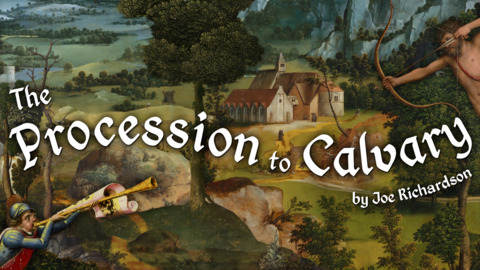

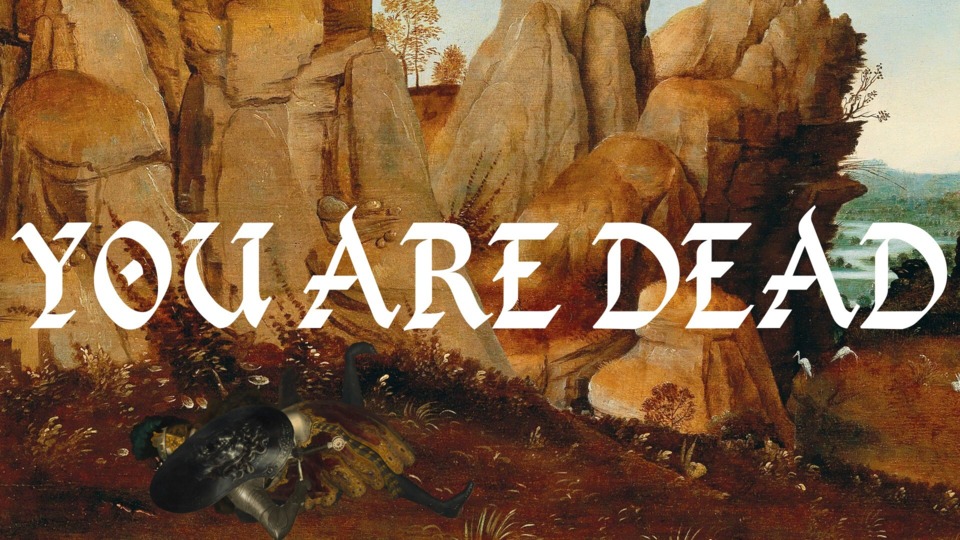
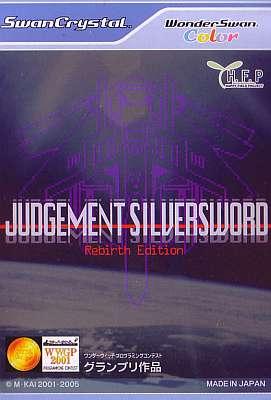
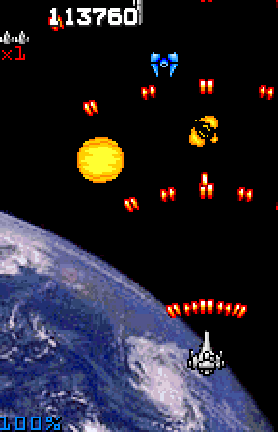
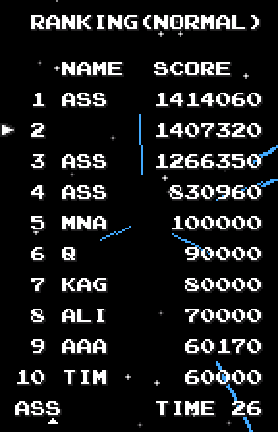
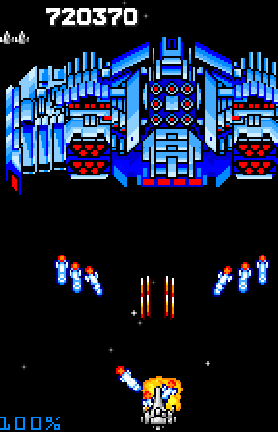
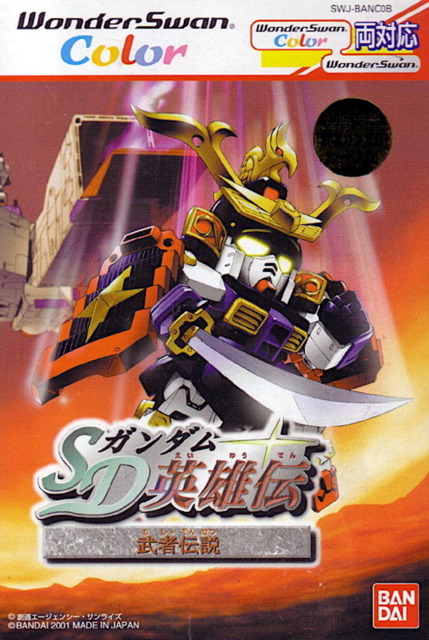
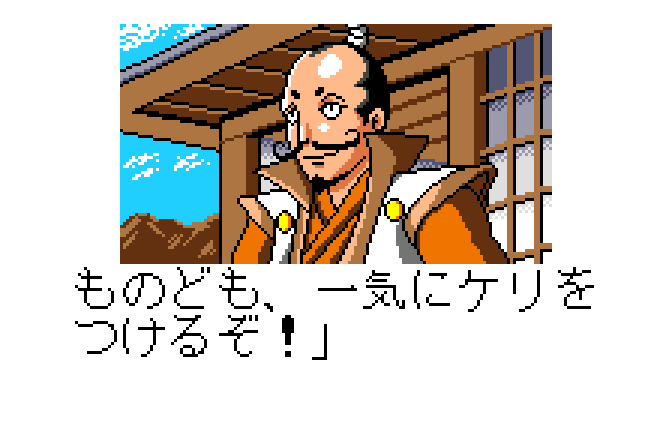
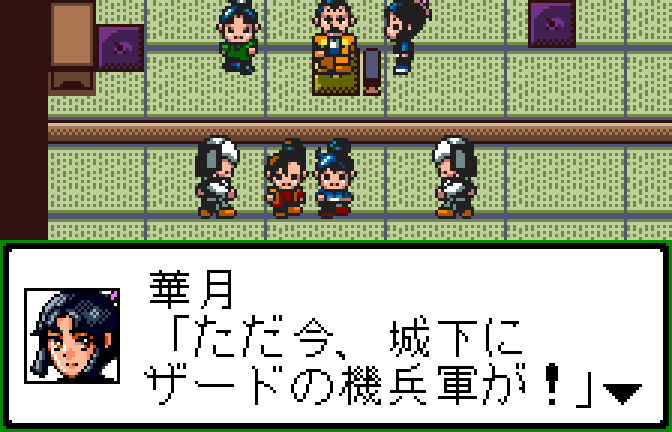
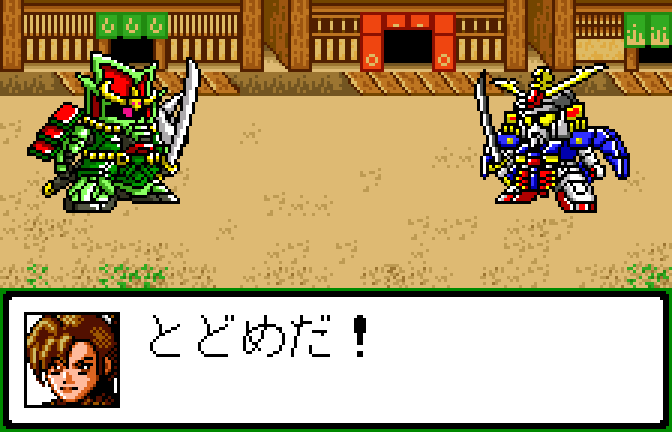
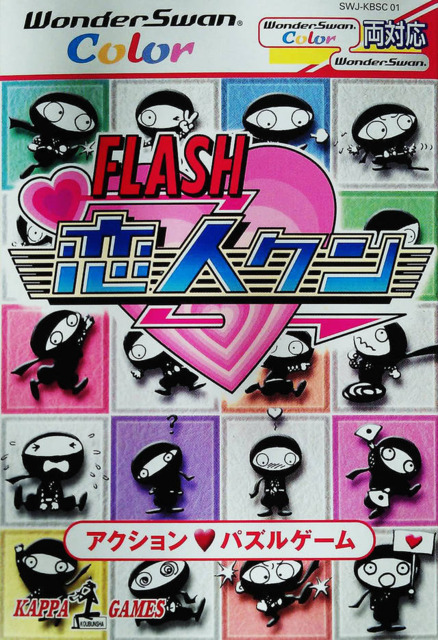
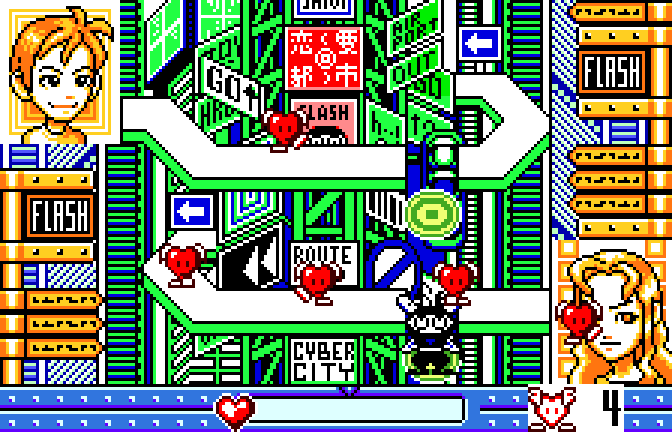

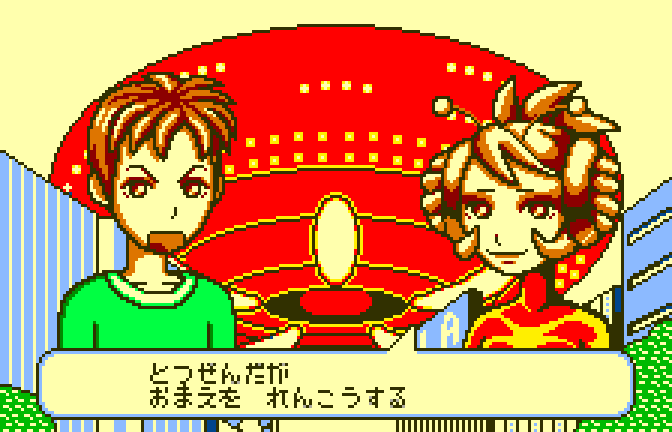
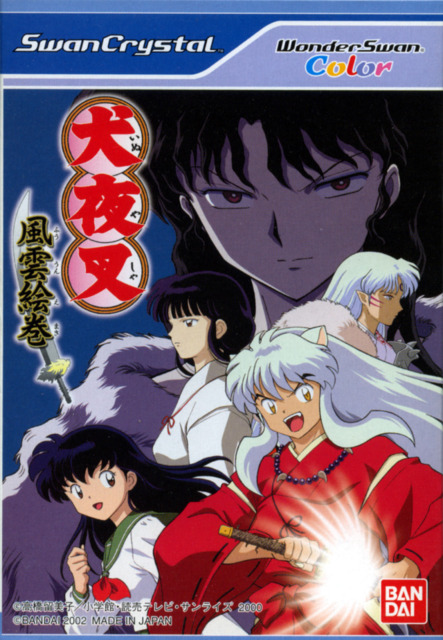
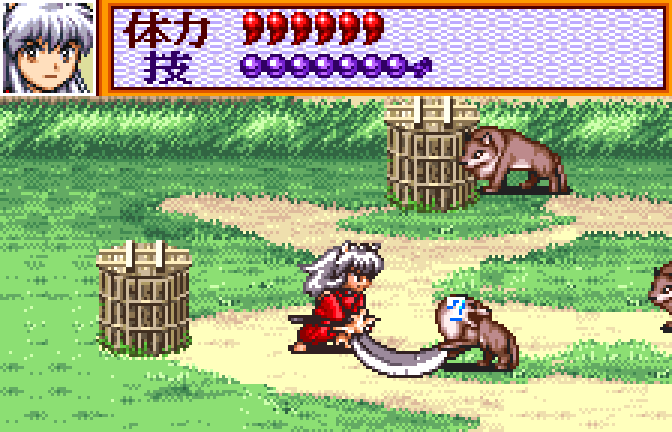
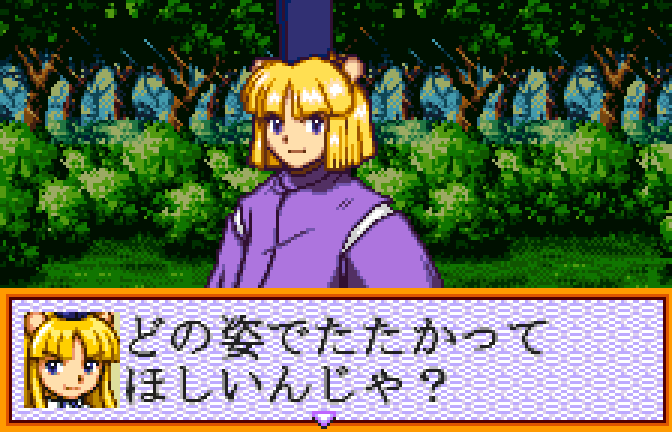
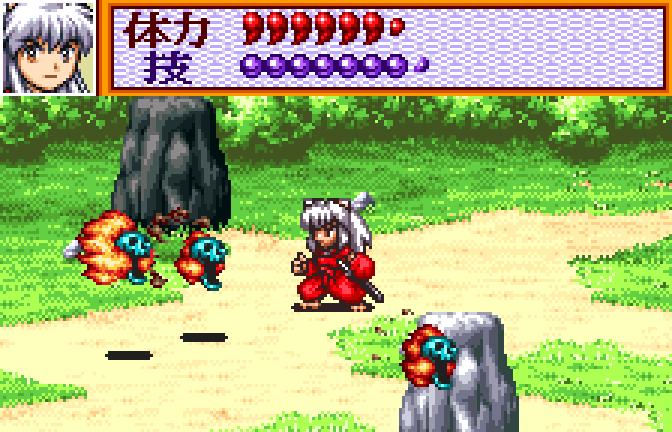
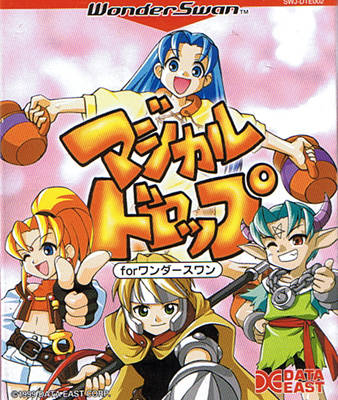
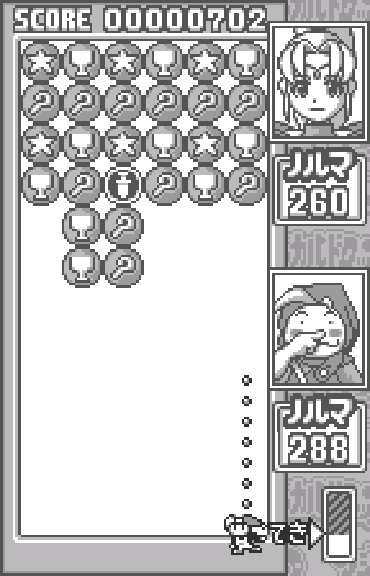
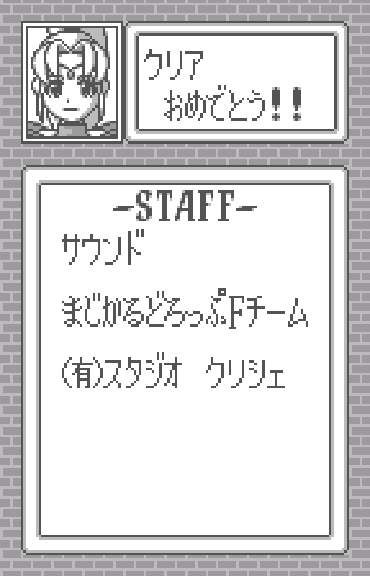
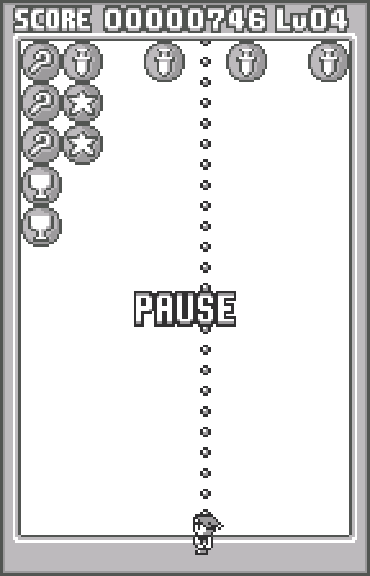
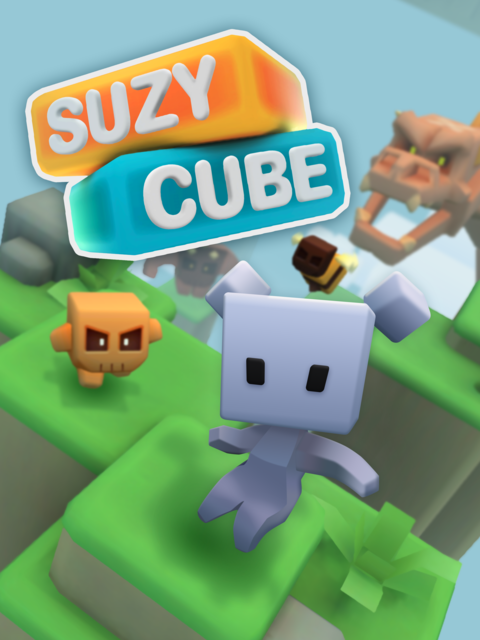
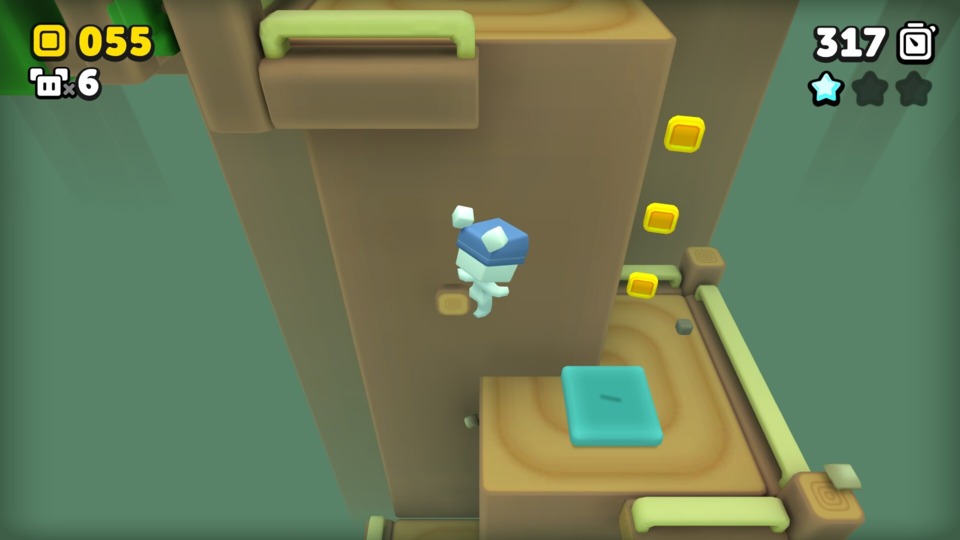
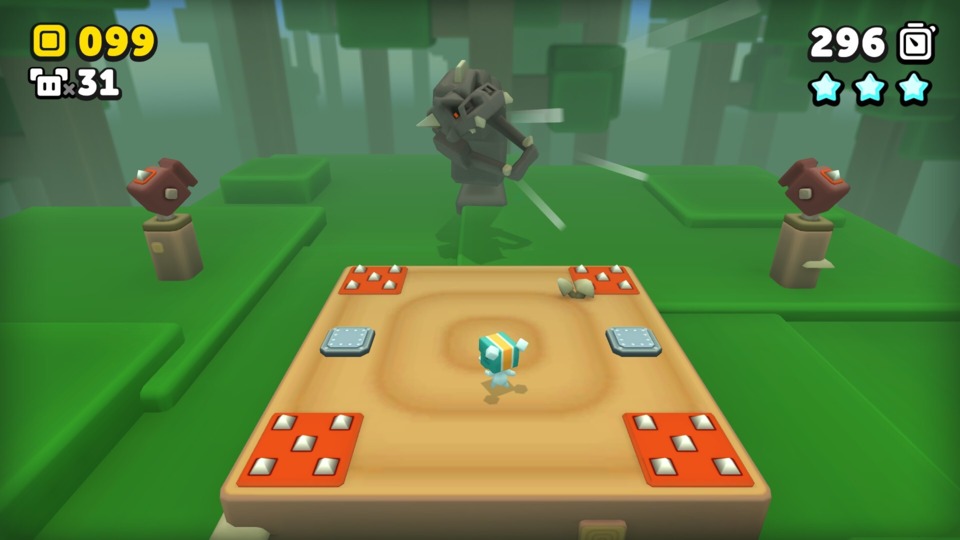
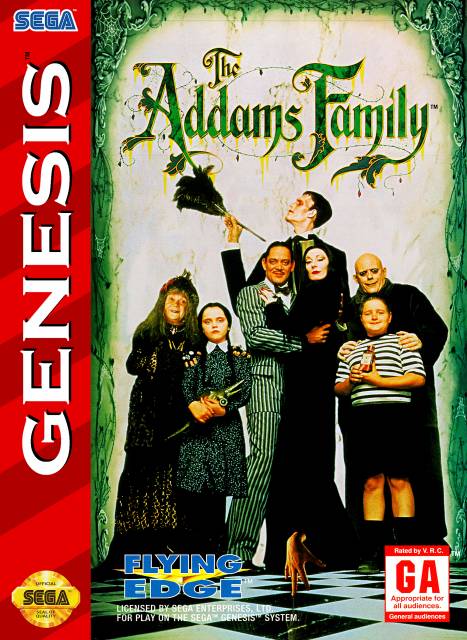
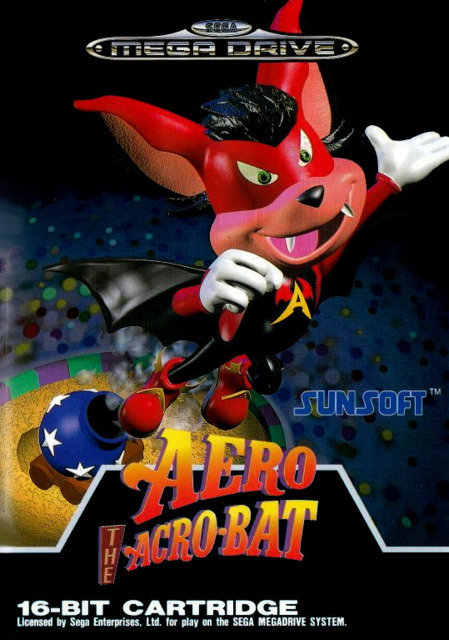
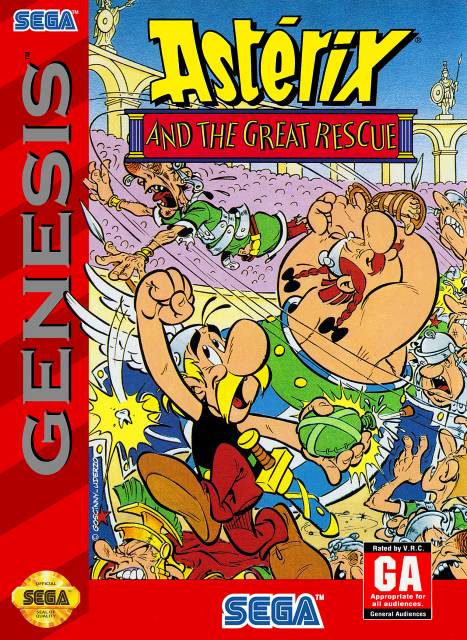
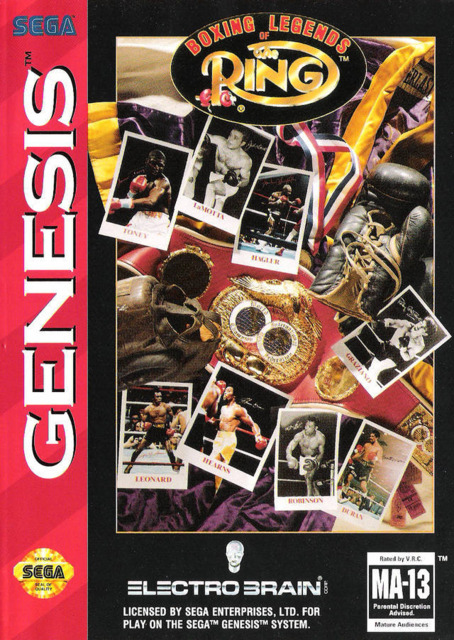
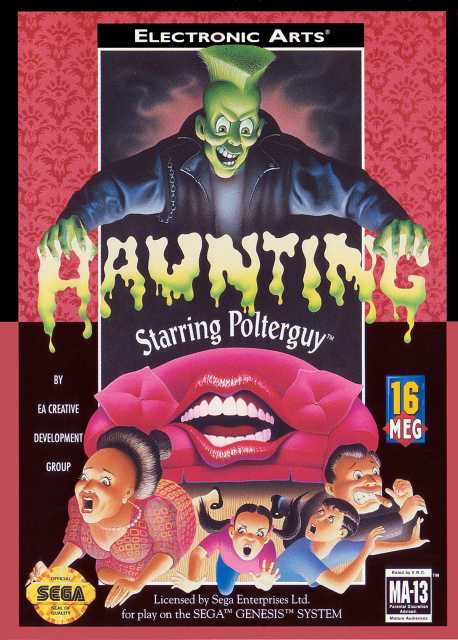
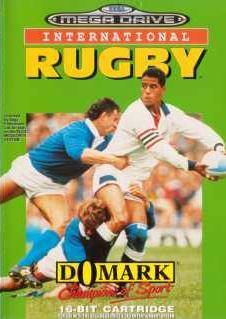
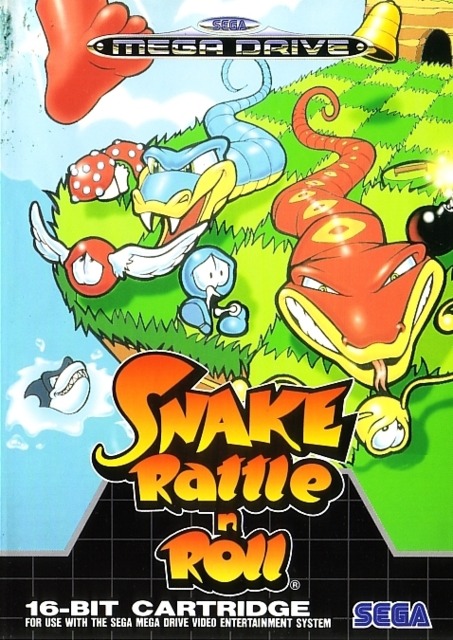
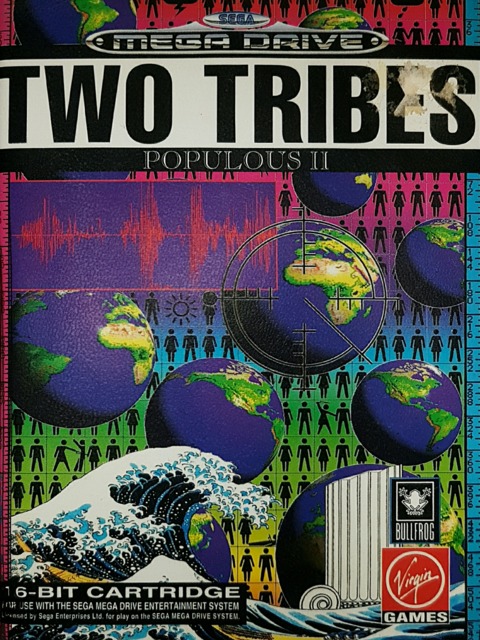
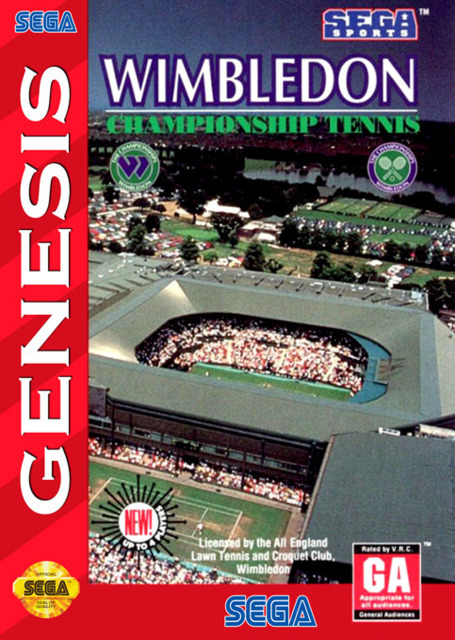
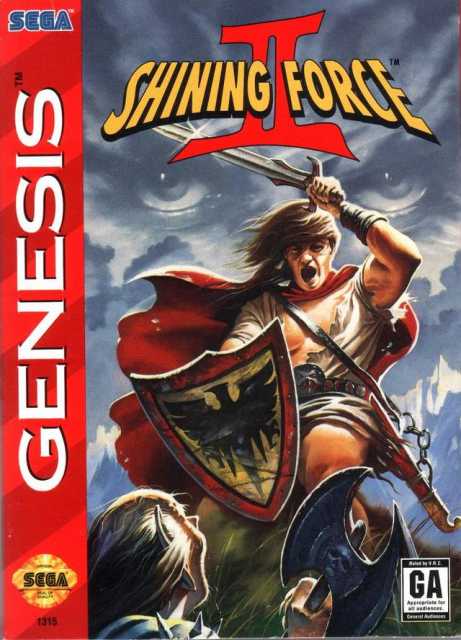
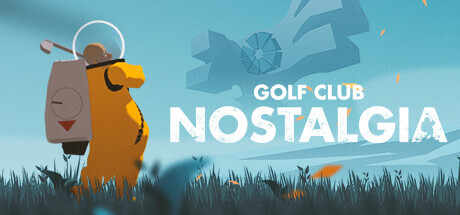
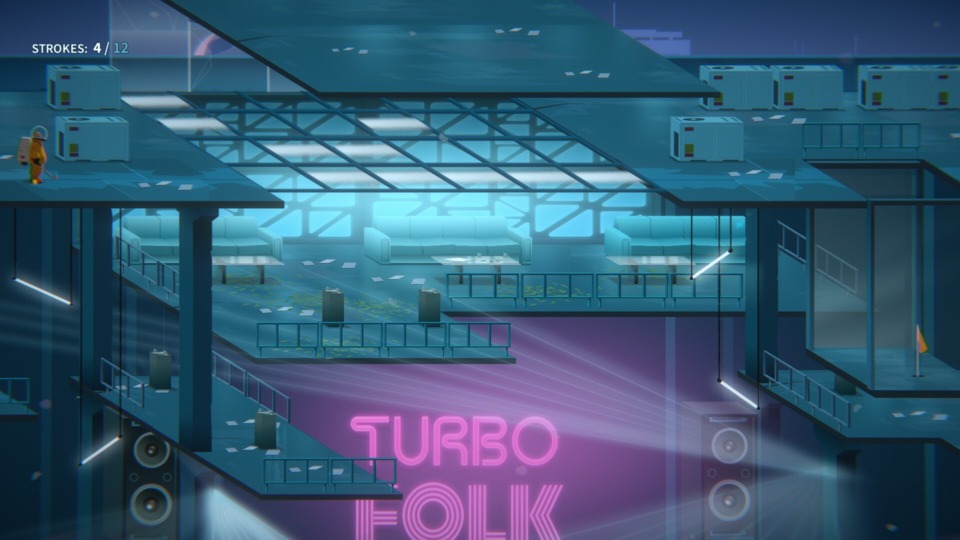

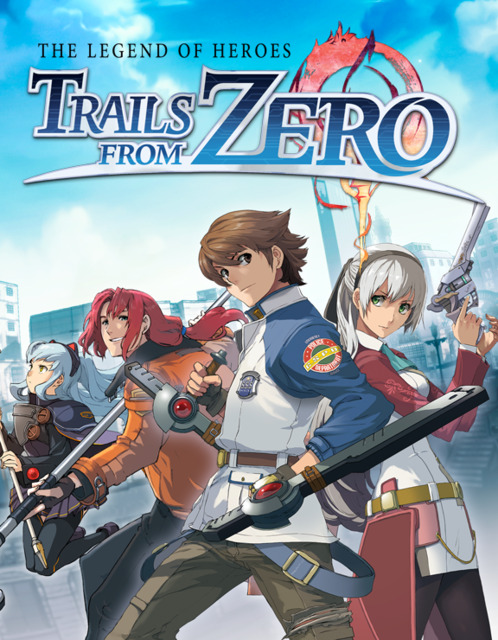
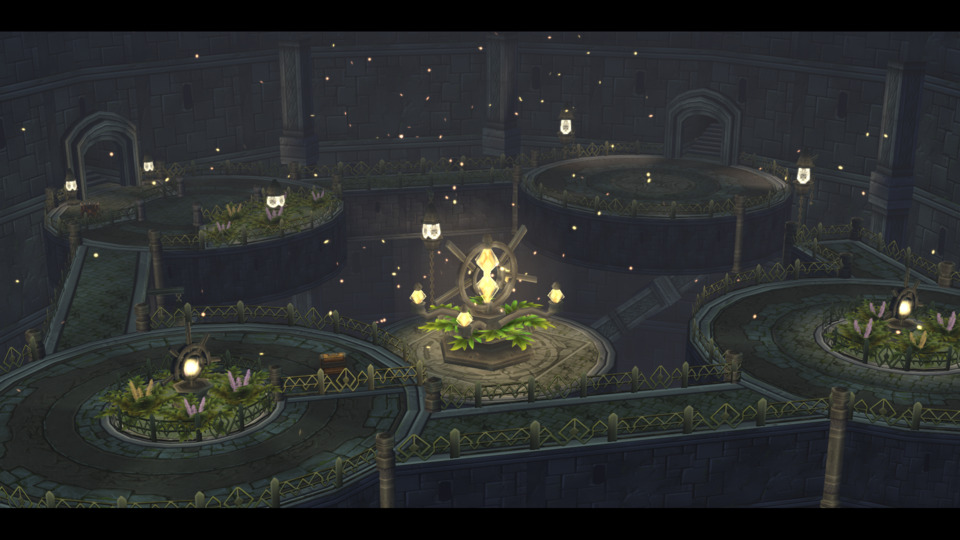
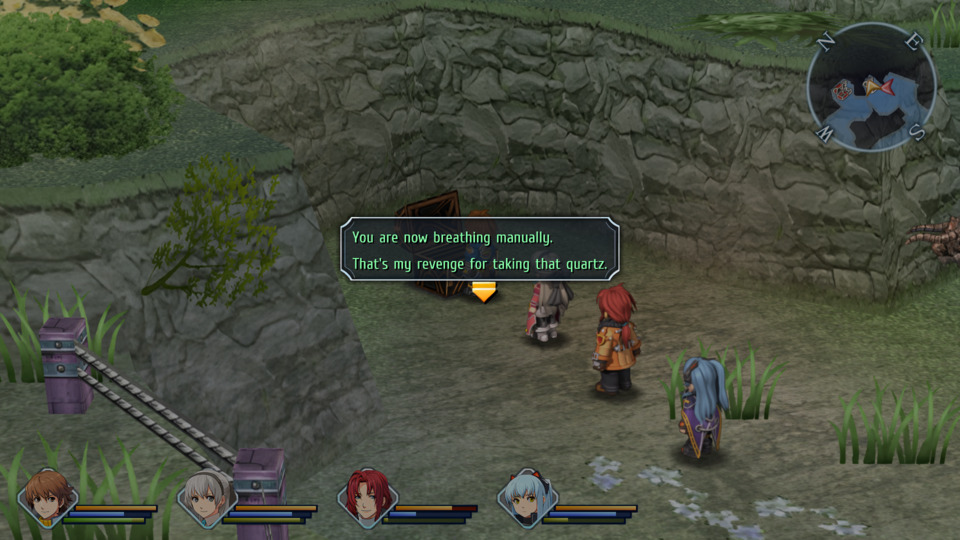
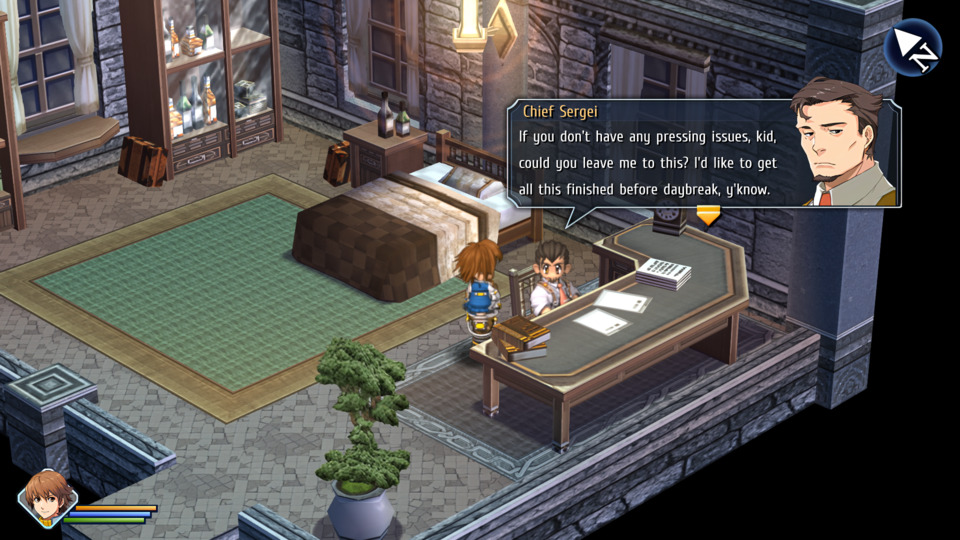
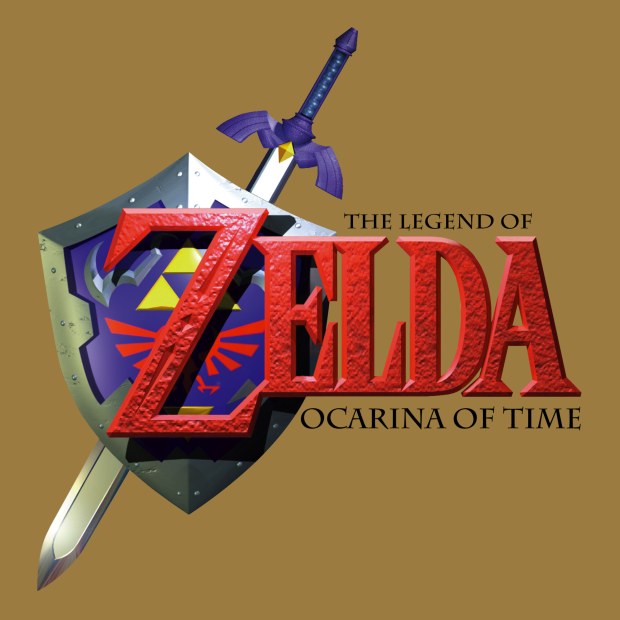
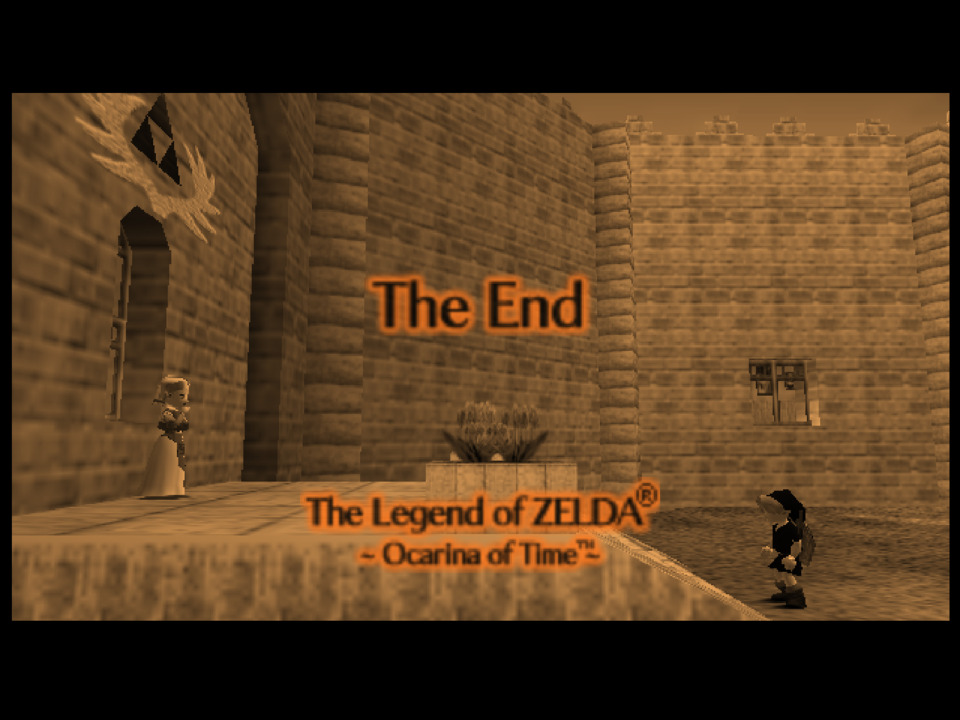

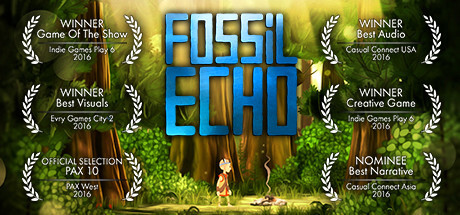
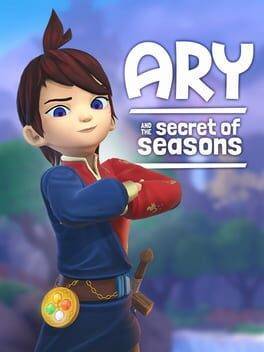
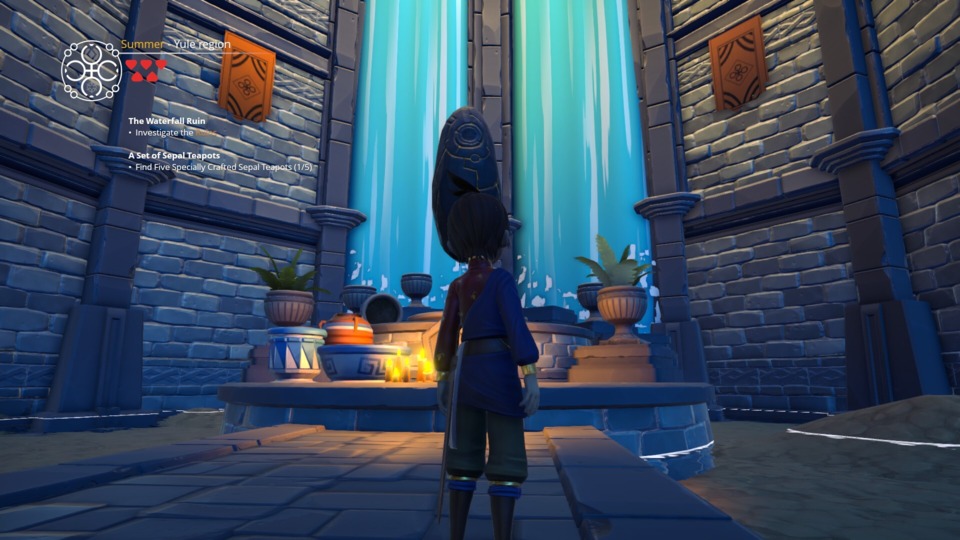
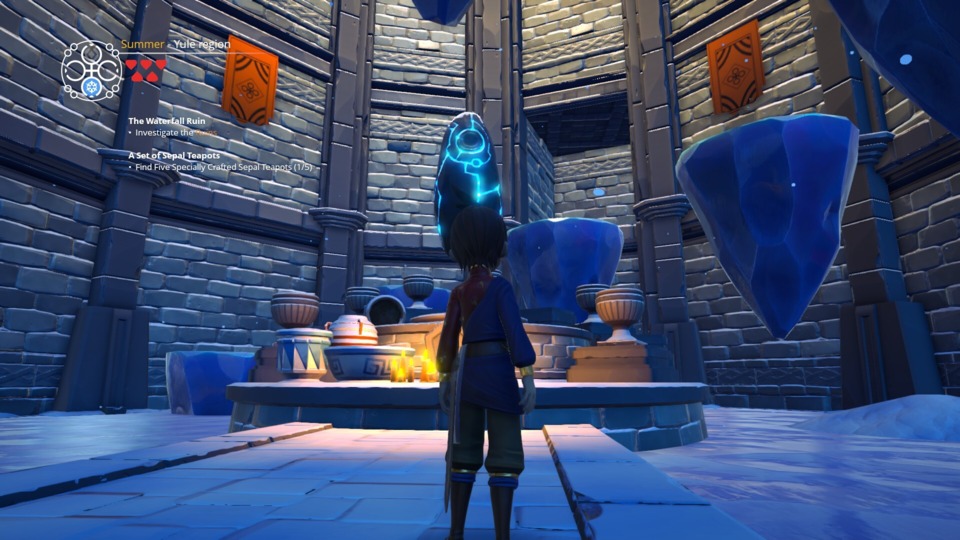
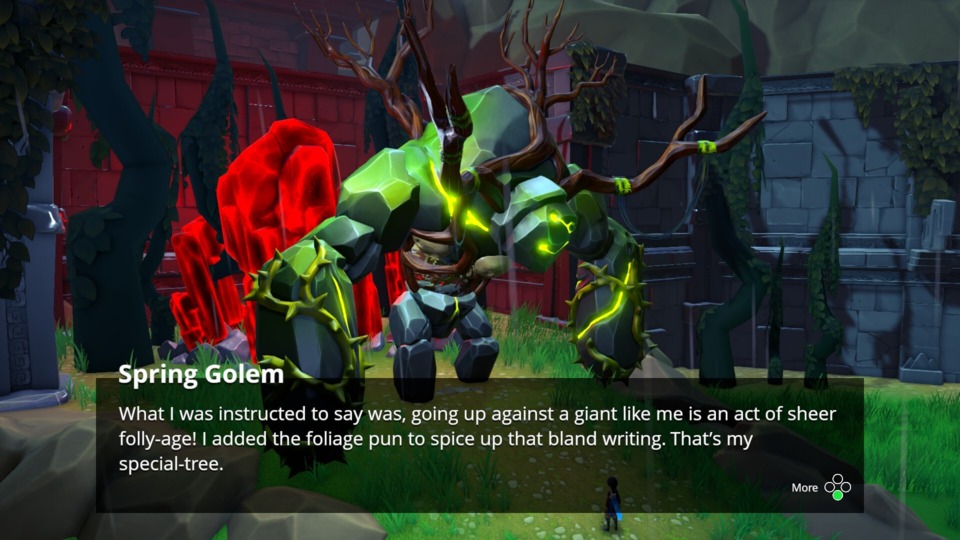
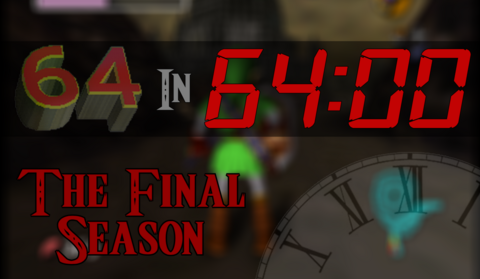


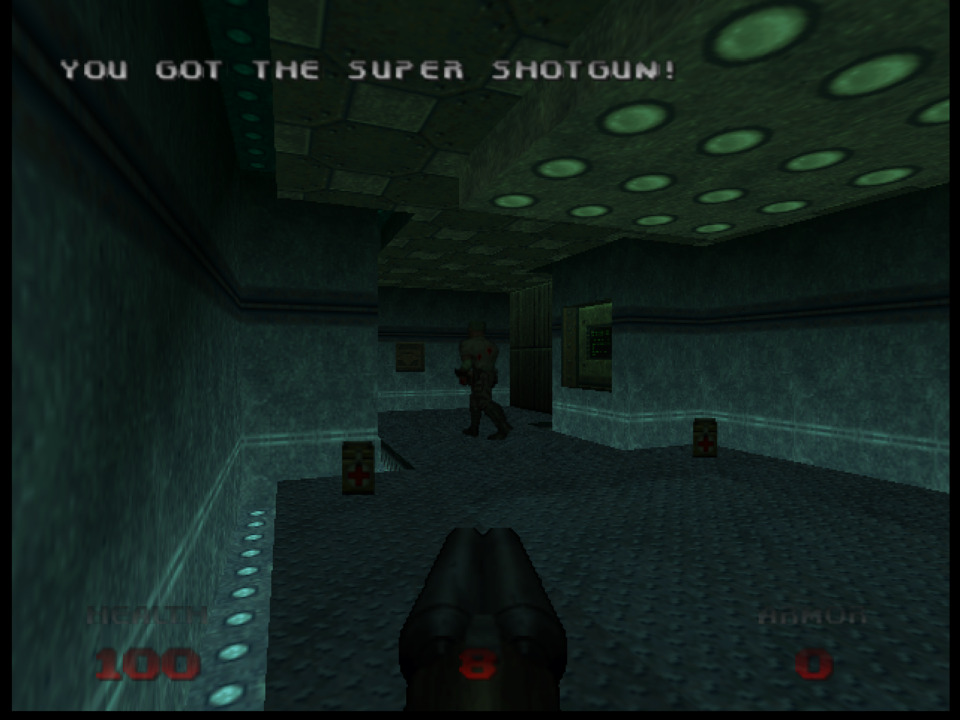
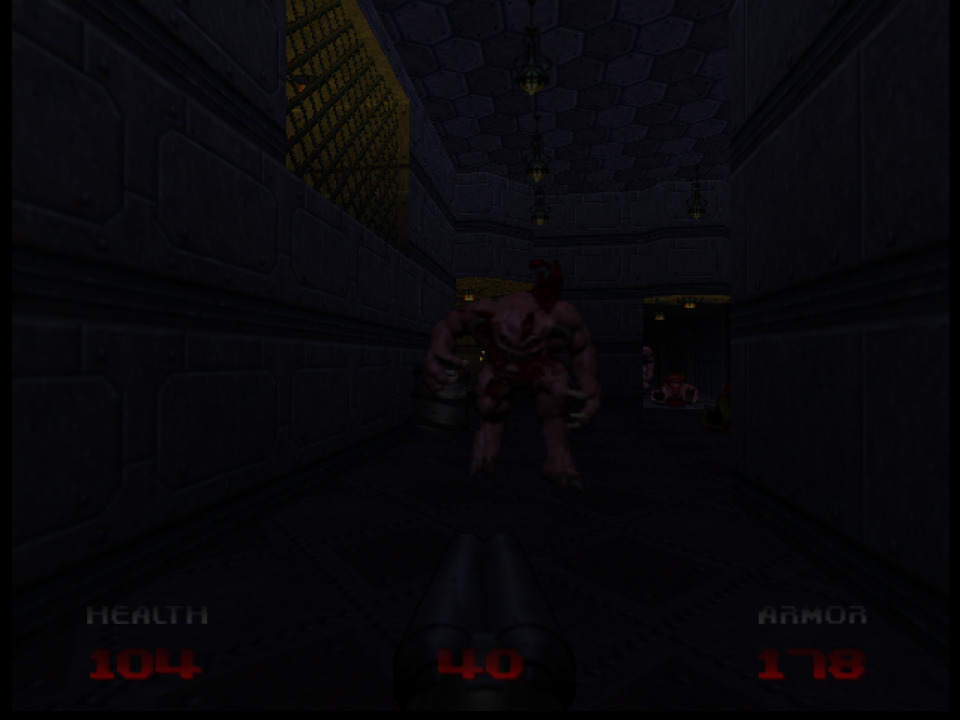

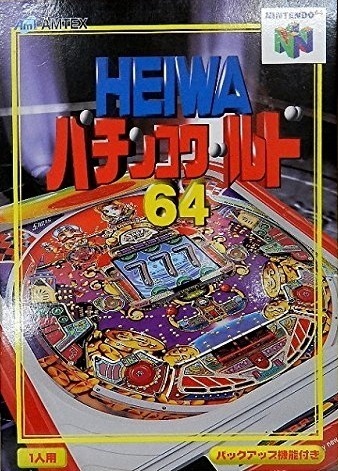
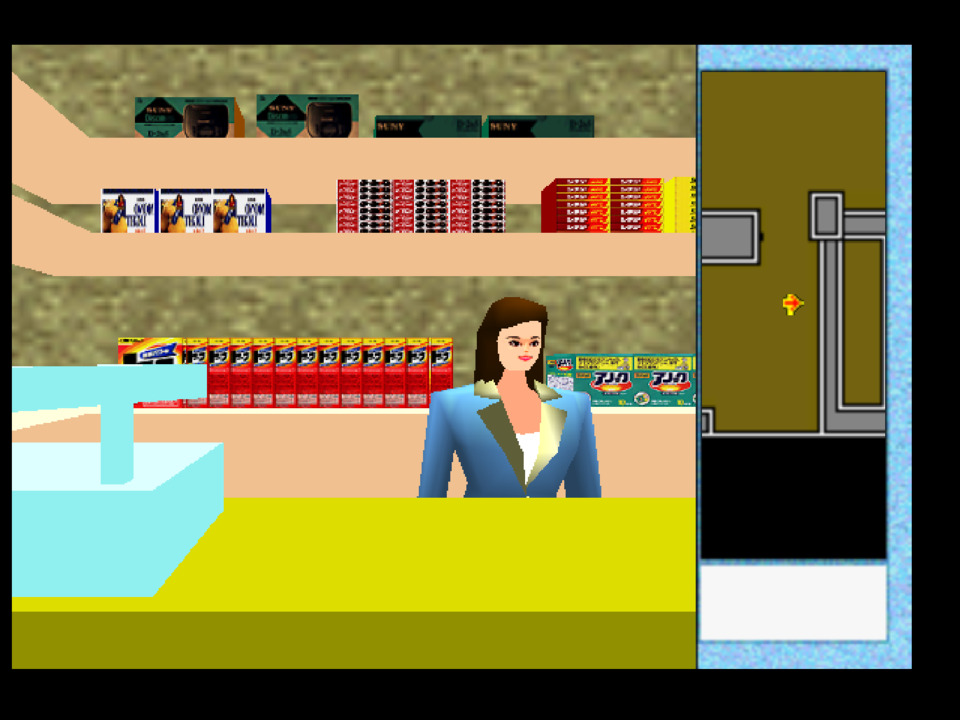
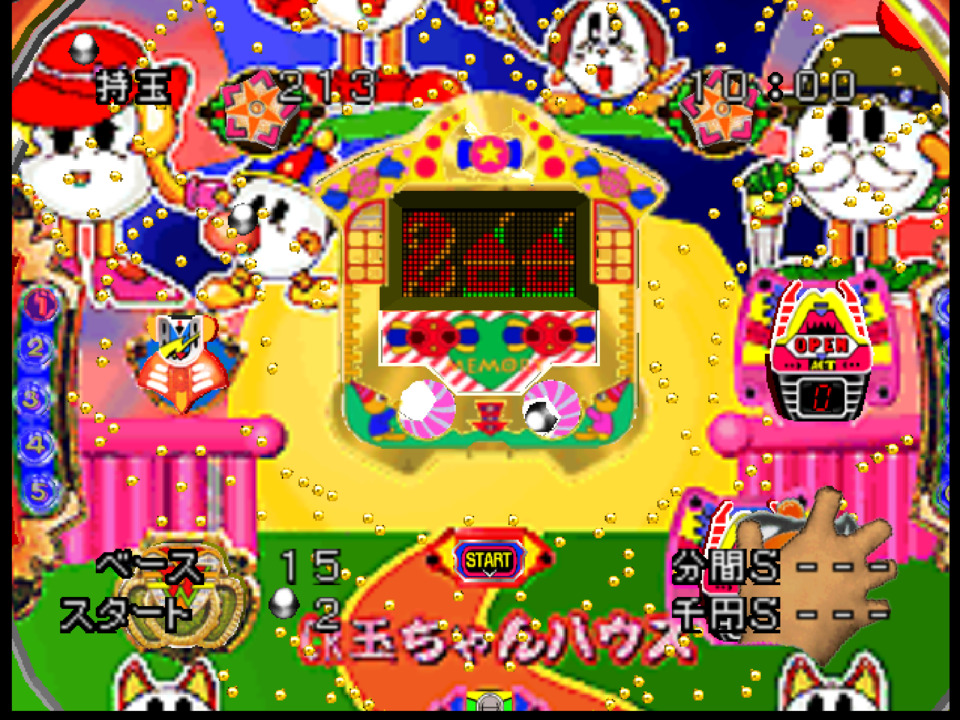
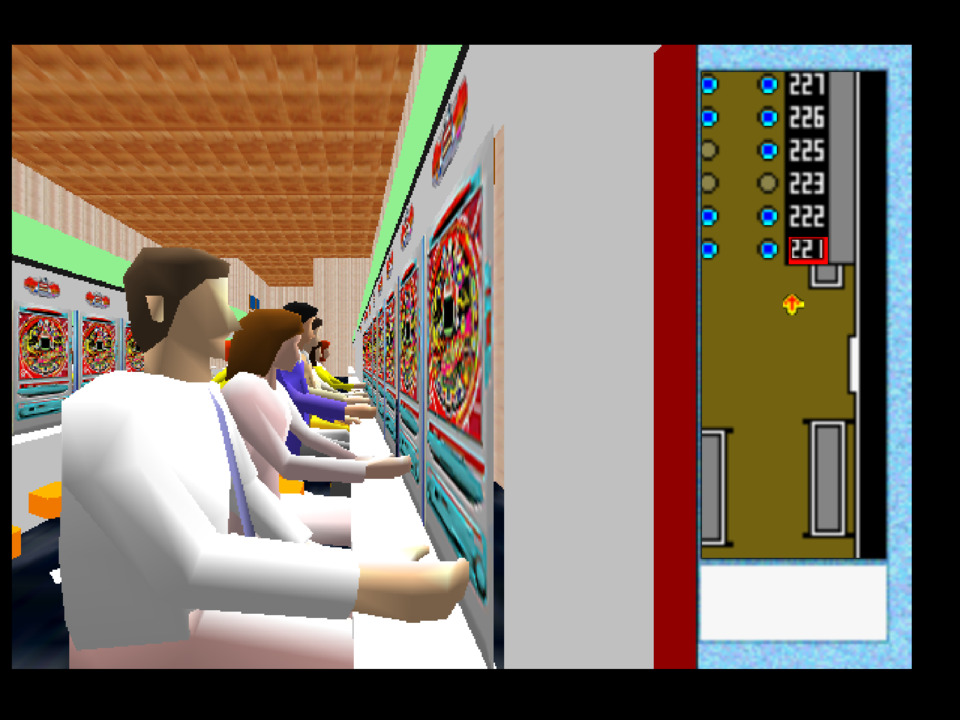
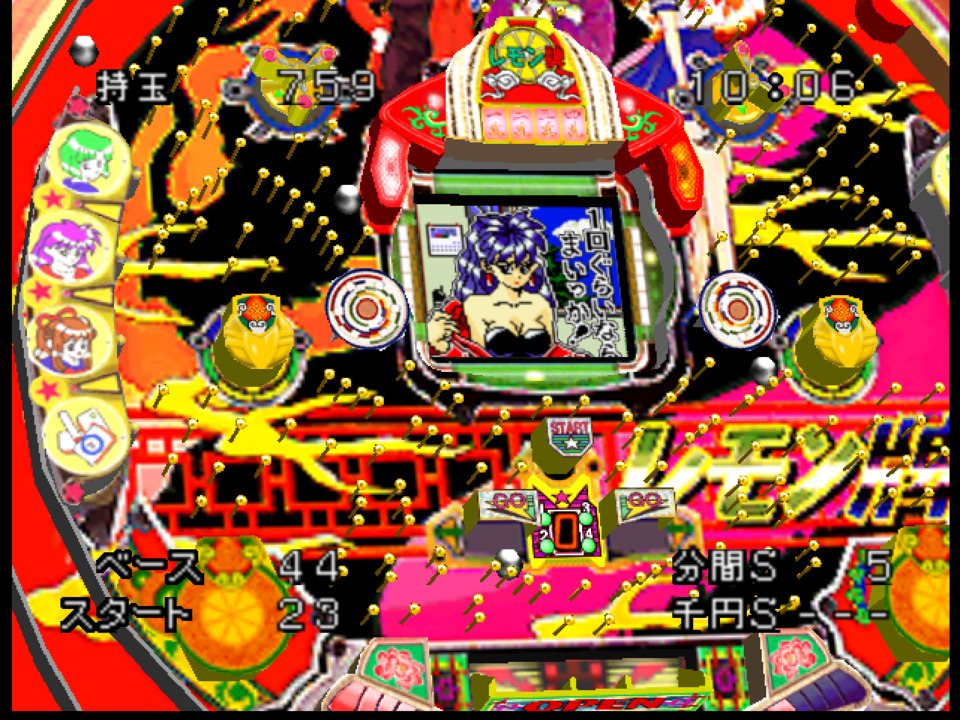
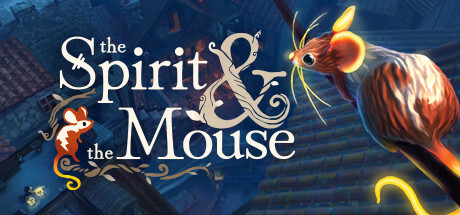
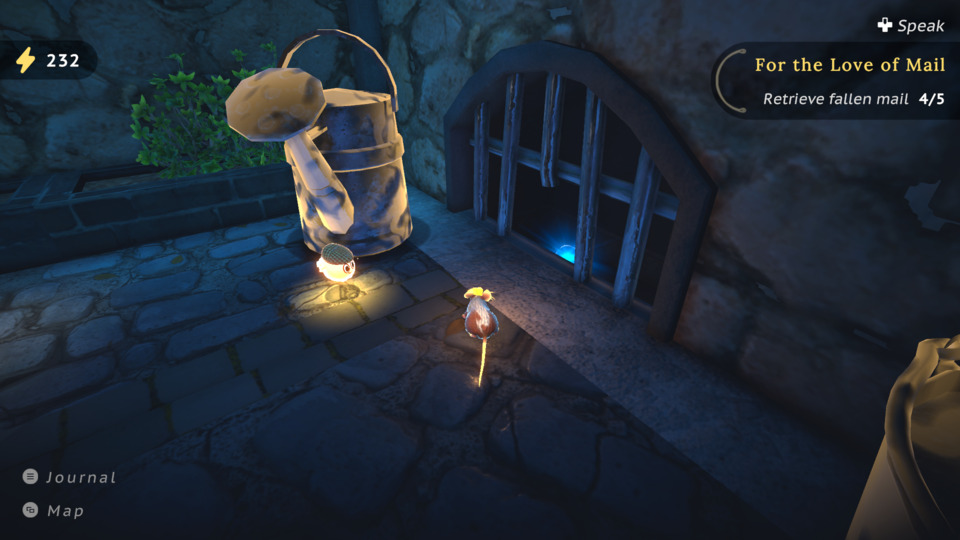
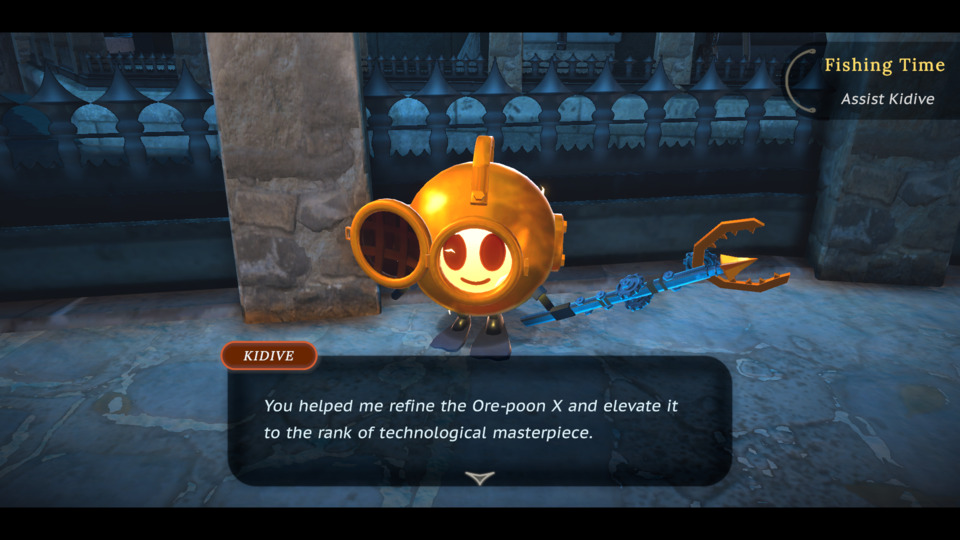
Log in to comment